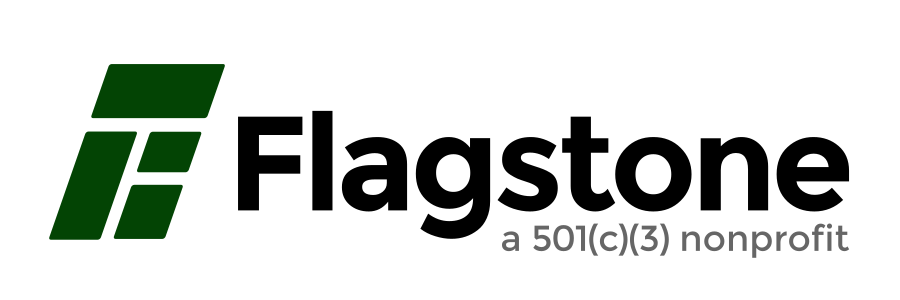An Opportunity for Workforce Housing Landlords
- The majority of workforce housing residents struggle to stay ahead of expenses.
- These struggles are not top of mind for landlords, because most residents prioritize rent as the first bill they pay.
- Helping these ignored residents will result in improved financial outcomes for both residents and landlords.
When it comes to finances, many Americans are struggling to stay afloat. They live paycheck to paycheck, juggling bills, late fees, and debt to avoid suspension of critical services or even losing their homes. The best way to financially help people is to give them assistance before they are in a crisis, rather than reactively trying to bail them out after things have gotten ugly.
In our previous post, we shared the three levels of financial stability among the multi-family workforce residents in Oklahoma City, OK and Bessemer, AL:
- Stable – No difficulties on rent. No cutbacks on life essentials.
- Struggling – Struggling financially, but juggling and prioritizing to make rent most of the time.
- Behind – Not only struggling, but delinquent 30% or more of the time.
In the analysis, “Behind” had an average delinquency balance of $1,280. Some were behind a few thousand dollars. Without significant intervention by external agencies like the
Emergency Rental Assistance (ERA) program, it is difficult to turn these situations around on their own.
As these pandemic-based assistance programs wind down, landlords will find fewer and fewer tools to treat these situations for the “Behind” and will resort to evictions.
What if we focused on the middle “Struggling” group instead? Per our last post, “Struggling” looks like everything is going smoothly, but they are often one shock away from falling into “Behind” and facing a prospect of an eviction – because they have so little cushion to absorb everyday life events like car repairs, hospital bills, and even deaths in the family.
Jumping in to provide timely assistance before it morphs into a more chronic problem, before it requires thousands of dollars to fix, may be key for the resident, for the landlord, and for society.
We should also proactively work to help residents prepare for the inevitable unexpected shocks to income and expenses by incentivizing emergency savings.
Together, prevention and timely intervention can help residents avoid financial crises, similar to the way that prevention and timely intervention are used in health care to avoid medical emergencies.
If we can prevent a “Struggling” resident from joining the “Behind”, not only is that a big win for residents, it’s also a win for the landlord as it prevents one potential resident eviction, decreases resident turnover, and improves the resident NPS.
While this sounds good on paper, it is entirely a different story to put it into practice. In a future post, we'll discuss exactly when, how, and for whom we take timely, preventative action for the “Struggling.”
Share this post:
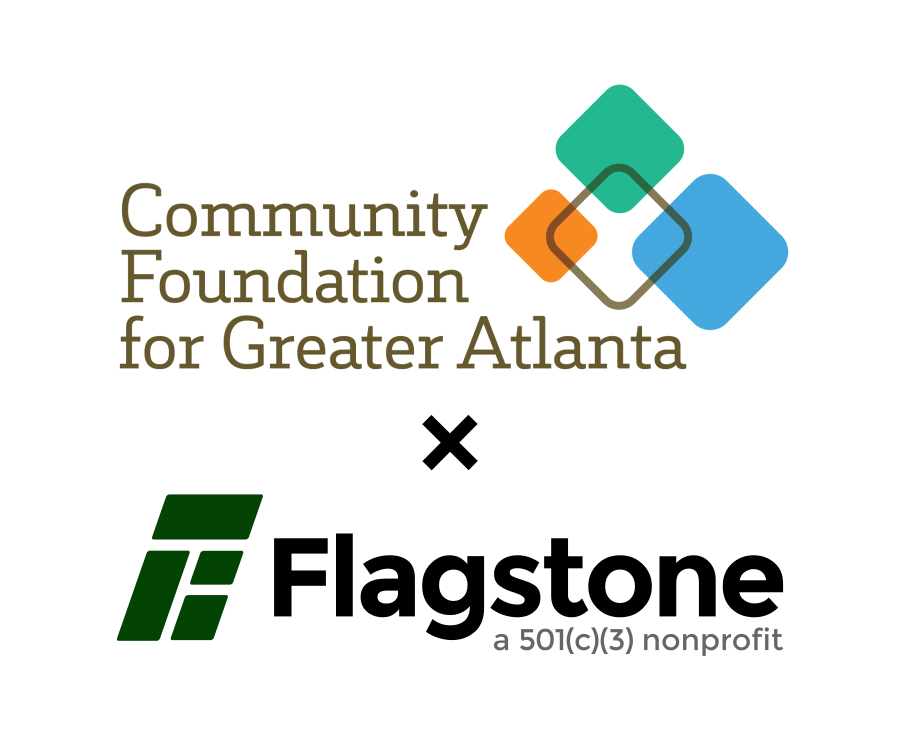

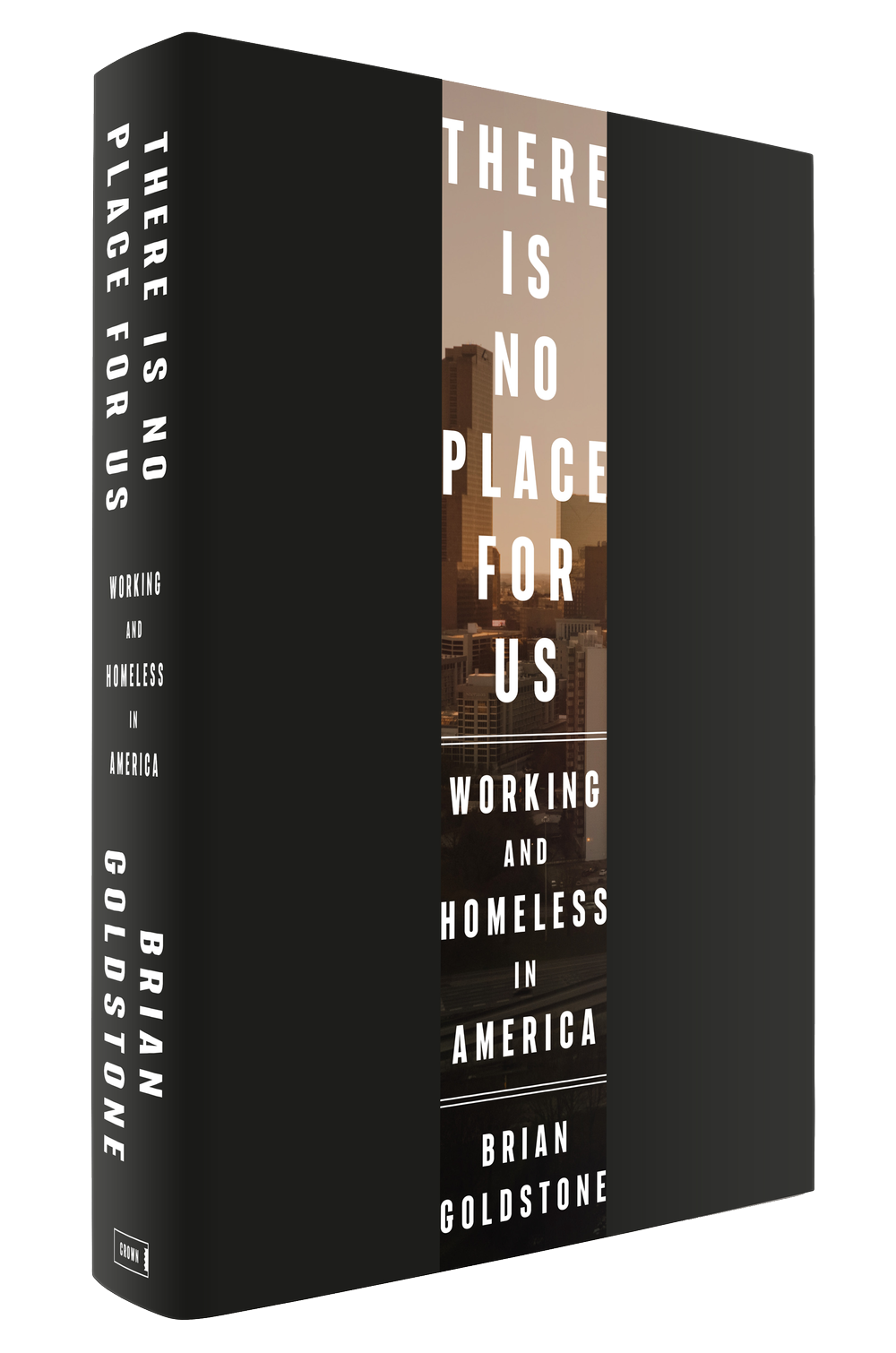





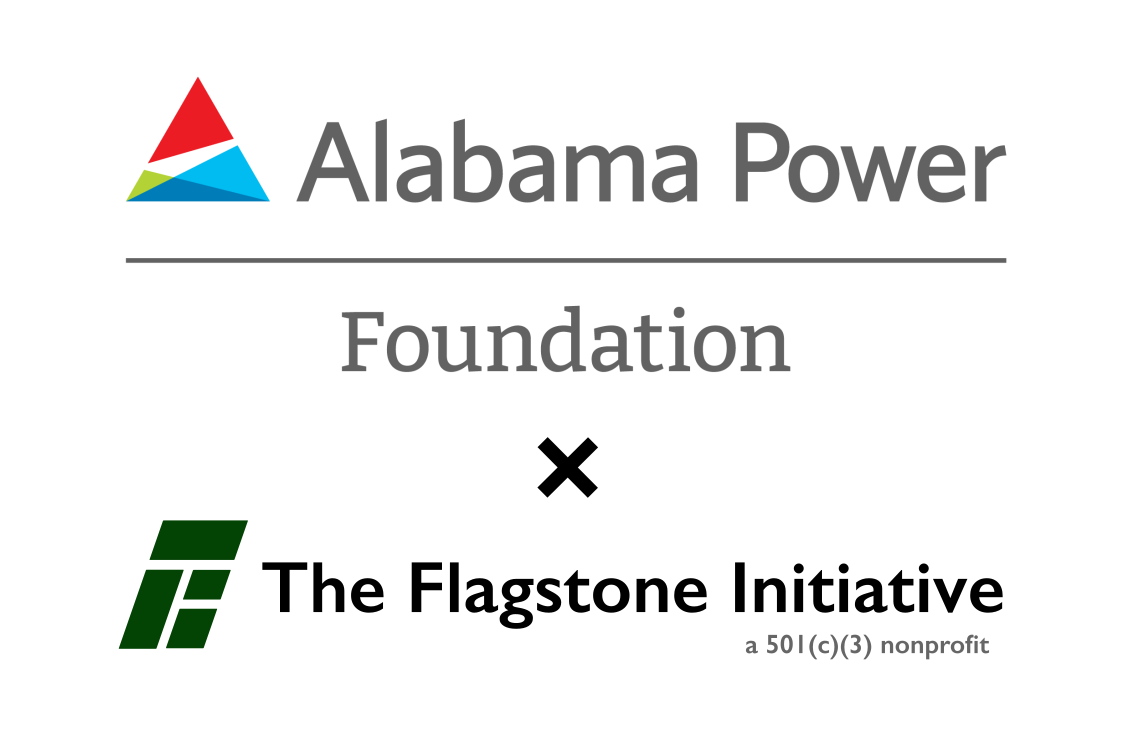
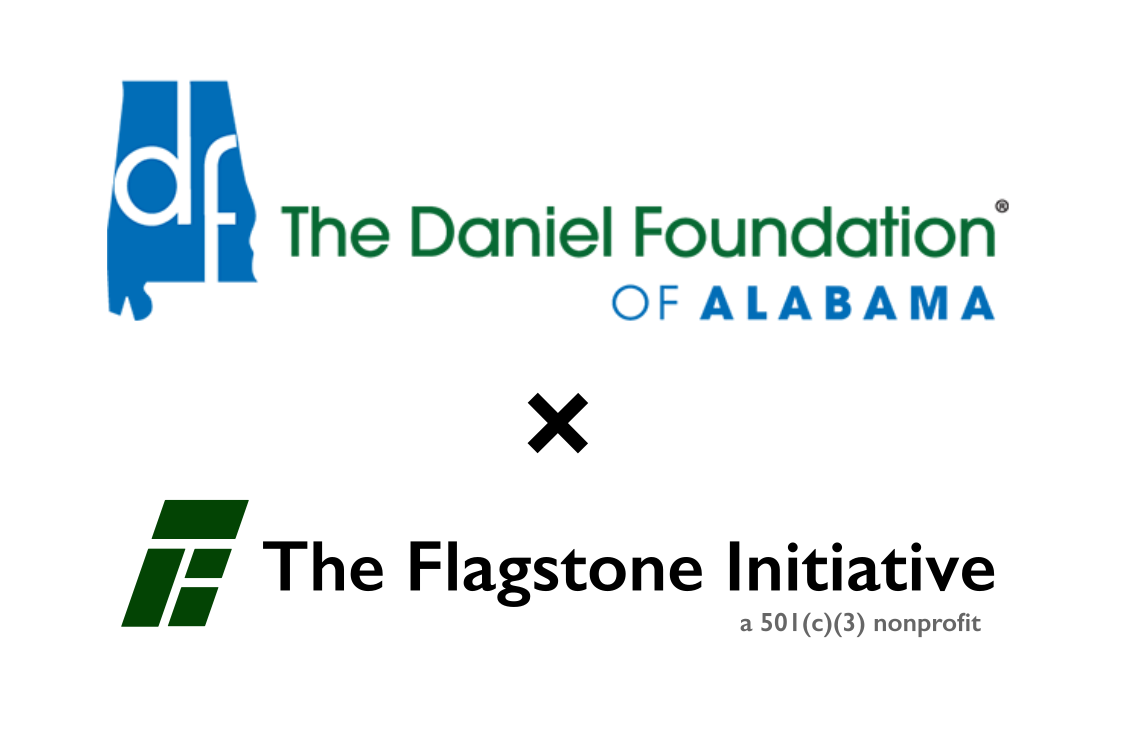
Signup to get news & insights delivered to your inbox!
